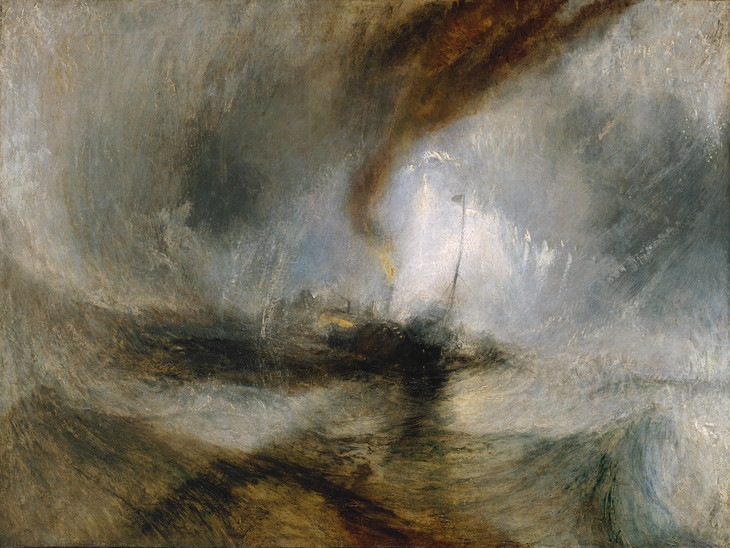The Romantic sublime

Joseph Mallord William Turner 1775–1851
Snow Storm - Steam-Boat off a Harbour's Mouth exhibited 1842
Oil paint on canvas
support: 914 x 1219 mm; frame: 1233 x 1535 x 145 mm
Tate N00530
Accepted by the nation as part of the Turner Bequest 1856
Joseph Mallord William Turner
Snow Storm - Steam-Boat off a Harbour's Mouth exhibited 1842
Tate N00530
In this section essays explore how artists responded to the sublime in the late eighteenth and early nineteenth centuries, with articles on shipwreck and psychiatry, and case studies on the work of Stubbs, Haydon and Constable.
How to cite
‘The Romantic sublime’, in Nigel Llewellyn and Christine Riding (eds.), The Art of the Sublime, Tate Research Publication, January 2013, https://www
